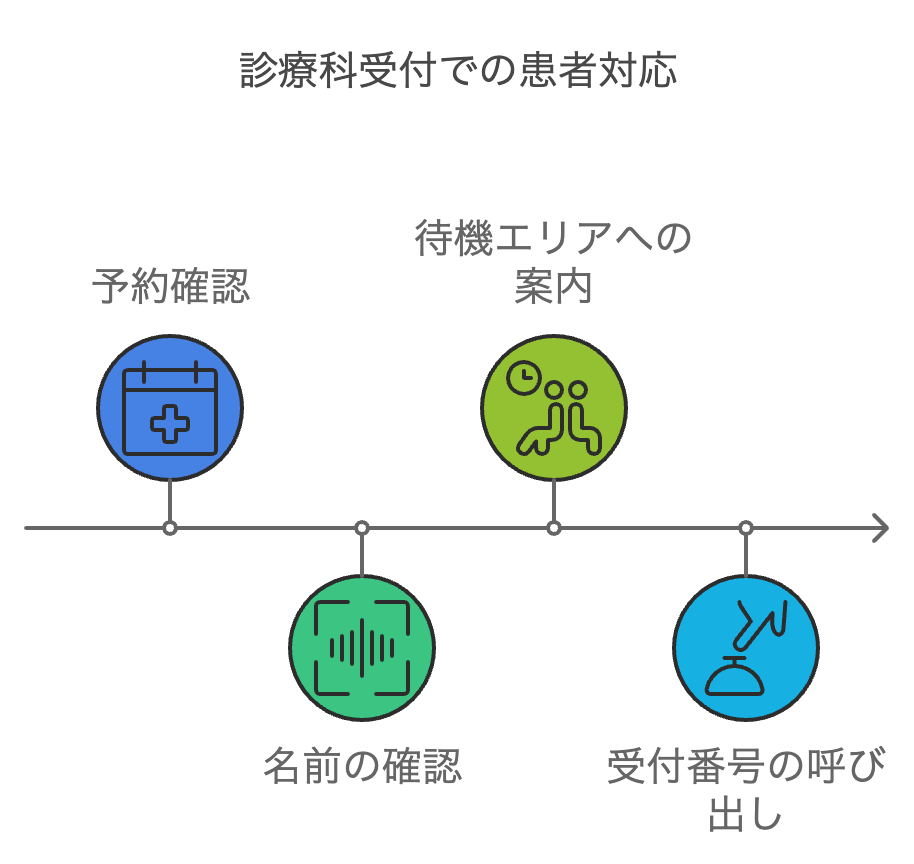脳神経外科におけるてんかんに関する会話例と英語フレーズ
**てんかん(Epilepsy)**は、脳の電気信号の異常な発火によって繰り返し起こる発作を特徴とする神経疾患です。発作の種類や症状の現れ方は患者によって異なり、脳神経外科での診察や治療が必要となることがあります。
この記事では、てんかん患者との診察を想定した会話例と、病院で役立つ英語フレーズを学びます。
患者の設定
- 名前: Kazuo Yamamoto (30歳、男性)
- 職業: プログラマー
- 主な症状: 意識を失い倒れることがあり、時折体が痙攣する発作。
- 既往歴: 数年前に軽度のてんかんと診断され、現在は薬を服用している。
- 生活習慣: 仕事が忙しく、ストレスが多い。
診察の流れと会話例
1. 初診での問診と症状の確認
Doctor: “Good morning, Mr. Yamamoto. I understand you’ve been having seizures. Can you tell me when they started and how often they occur?”
日本語訳: 「おはようございます、山本さん。発作があるとお聞きしましたが、いつから始まり、どのくらいの頻度で起こっていますか?」
Patient: “They started a few years ago, but recently, I’ve been having them more often, about once or twice a month. I usually lose consciousness for a few minutes, and sometimes my body shakes.”
日本語訳: 「数年前に発作が始まりましたが、最近は月に1、2回くらいの頻度で起こるようになりました。通常、意識を失うのは数分間で、時々体が痙攣します。」
2. てんかんの症状とリスクの説明
Doctor: “It sounds like your epilepsy may be becoming more frequent. Epilepsy causes the brain’s electrical signals to misfire, leading to seizures. The symptoms can vary from mild muscle twitches to full-body convulsions and loss of consciousness.”
日本語訳: 「てんかんの発作が頻繁になっているようですね。てんかんは、脳の電気信号が異常を起こすことで発作が起こります。症状は、軽度の筋肉の痙攣から、全身痙攣や意識喪失に至るまでさまざまです。」
Patient: “Is it dangerous to have these seizures so often?”
日本語訳: 「発作がこんなに頻繁に起こるのは危険ですか?」
Doctor: “Seizures can be dangerous, especially if they happen while you’re driving or doing something that requires focus. It’s important that we manage your epilepsy with medication and lifestyle changes to reduce the risk of injury.”
日本語訳: 「発作は、特に運転中や集中力を必要とする作業中に起こると危険です。薬物療法や生活習慣の改善で発作の管理を行い、怪我のリスクを減らすことが重要です。」
3. 検査の説明と診断方法
Doctor: “We’ll need to perform an EEG (electroencephalogram) to check the electrical activity in your brain and see if there’s any abnormal brain activity. We might also do an MRI to rule out other possible causes of your seizures, like a brain tumor or stroke.”
日本語訳: 「脳の電気活動を確認し、異常があるかどうか調べるために、脳波検査(EEG)を行います。また、脳腫瘍や脳卒中など、他の原因を除外するためにMRIを行うかもしれません。」
Patient: “What does the EEG involve? Is it painful?”
日本語訳: 「脳波検査はどのように行われますか?痛みはありますか?」
Doctor: “The EEG is a painless test. We’ll place small electrodes on your scalp to measure the electrical activity of your brain. It takes about 30 to 60 minutes, and you’ll need to relax during the test.”
日本語訳: 「脳波検査は痛みのない検査です。頭皮に小さな電極を貼り付けて脳の電気活動を測定します。検査は約30〜60分かかり、その間リラックスしていてください。」
4. 診断結果と治療法の説明
Doctor: “If the tests confirm that your seizures are due to epilepsy, we’ll likely adjust your medication to better control the seizures. In some cases, surgery may be considered if medication isn’t effective, but most patients can manage epilepsy well with medication.”
日本語訳: 「もし検査でてんかんによる発作が確認された場合、発作をよりよくコントロールするために薬を調整することになります。場合によっては、薬が効果的でない場合は手術を検討することもありますが、ほとんどの患者さんは薬物療法でてんかんをうまく管理できます。」
Patient: “Will I need to take medication for the rest of my life?”
日本語訳: 「一生薬を飲み続ける必要がありますか?」
Doctor: “It depends on how well your epilepsy is controlled. Some patients can eventually reduce or stop their medication under close medical supervision, but others may need to continue taking it long-term.”
日本語訳: 「てんかんがどれだけうまく管理されるかによります。いくつかの患者さんは、医師の指導のもと、最終的に薬の量を減らしたり、やめることができる場合もありますが、長期的に服用を続ける必要がある患者さんもいます。」
5. 生活習慣とリスク管理の指導
Doctor: “In addition to medication, it’s important to manage stress, avoid sleep deprivation, and limit alcohol intake, as these can trigger seizures. Make sure you’re getting enough sleep and following a regular routine.”
日本語訳: 「薬物療法に加えて、ストレスを管理し、睡眠不足を避け、アルコール摂取を制限することが重要です。これらが発作の引き金になることがありますので、十分な睡眠を取り、規則正しい生活を送ってください。」
Patient: “I’ve been under a lot of stress at work lately. Could that be causing the seizures?”
日本語訳: 「最近、仕事でストレスが多いです。それが発作の原因になる可能性はありますか?」
Doctor: “Yes, stress is a common trigger for seizures in people with epilepsy. We’ll work together to find ways to manage your stress and reduce the frequency of your seizures.”
日本語訳: 「はい、ストレスはてんかんの患者さんにとって発作の一般的な引き金です。ストレスを管理し、発作の頻度を減らす方法を一緒に見つけましょう。」
学習ポイント
- 症状の確認: てんかんに関連する症状を確認するためのフレーズを学びましょう。例: “Have you experienced any seizures or loss of consciousness recently?“(最近、発作や意識喪失を経験しましたか?)
- 検査の説明: てんかんの診断に必要な検査を説明するフレーズを学びます。例: “We’ll perform an EEG to measure the electrical activity in your brain.“(脳の電気活動を測定するために**脳波検査(EEG)**を行います。)
- 治療法の説明: てんかんに対する治療法を説明するフレーズを学びます。例: “We may need to adjust your medication to better control your seizures.“(発作をよりよくコントロールするために薬を調整する必要があるかもしれません。)
- 生活習慣の改善: てんかんの管理に役立つ生活習慣の改善方法を学びます。例: “It’s important to manage stress, get enough sleep, and avoid alcohol, as these can trigger seizures.“(ストレスを管理し、十分な睡眠を取り、アルコールを避けることが重要です。これらは発作を引き起こす可能性があります。)
関連キーワード: てんかん, 脳波検査, MRI, 薬物療法, 英語会話例, 外国人対応


